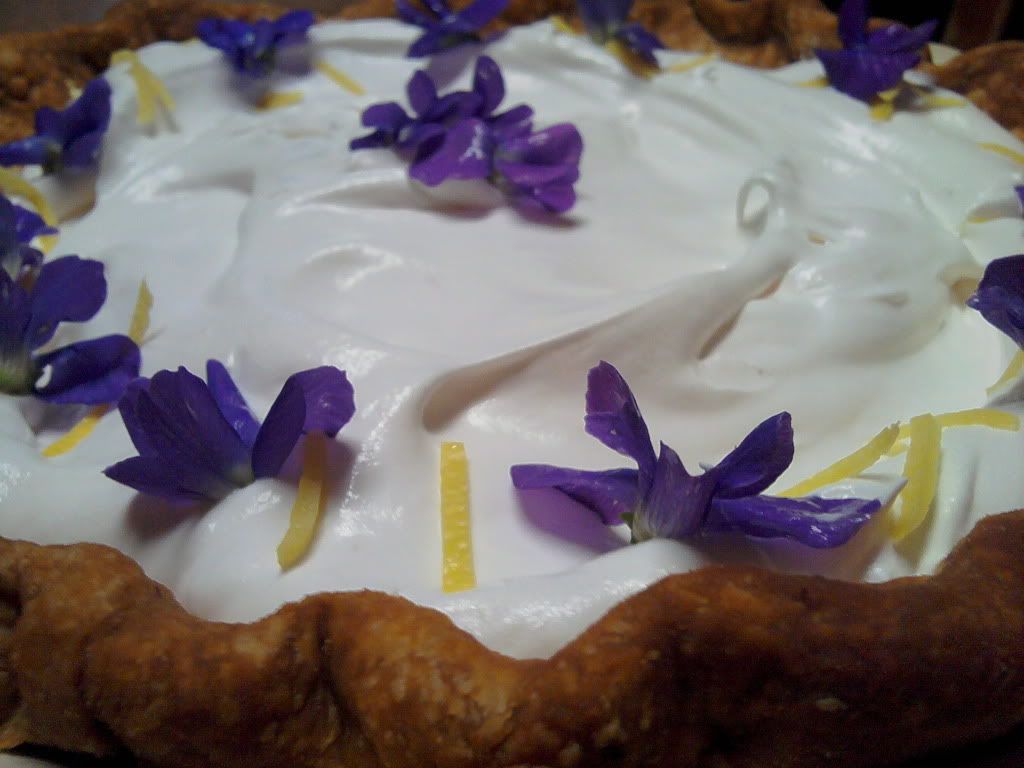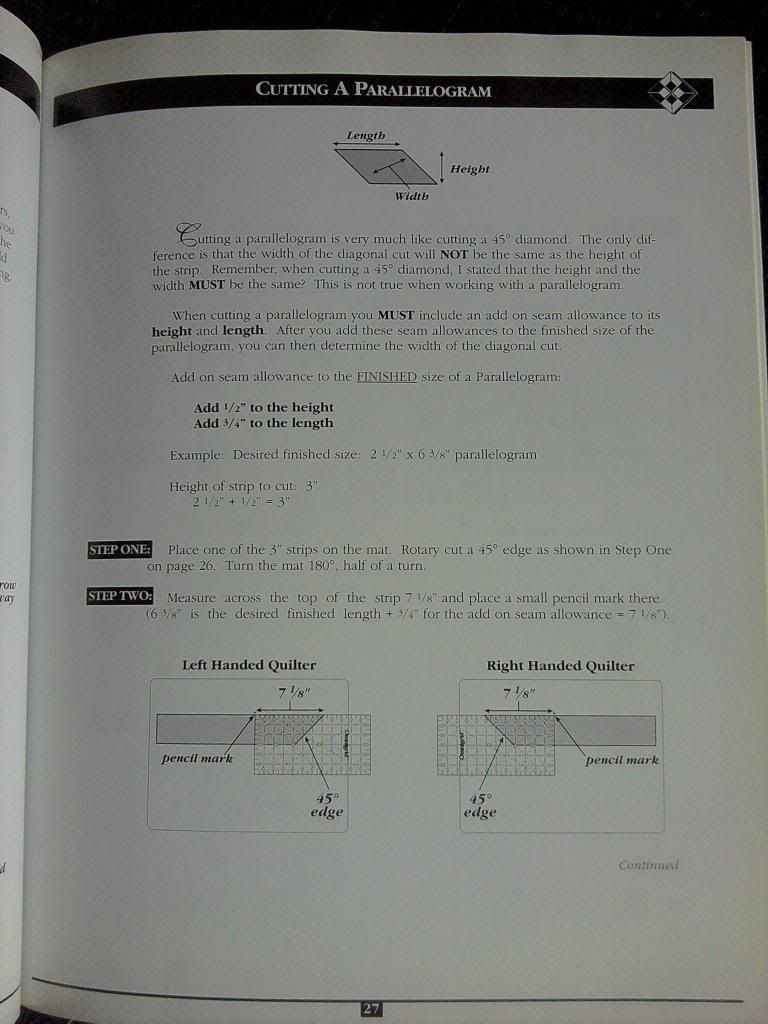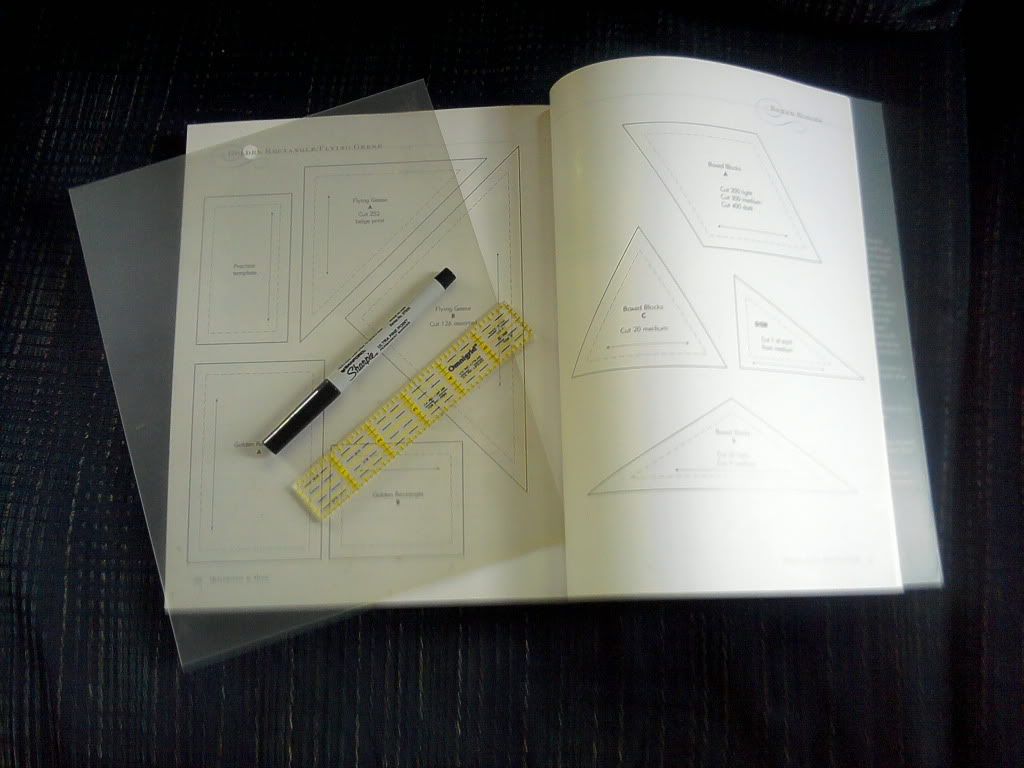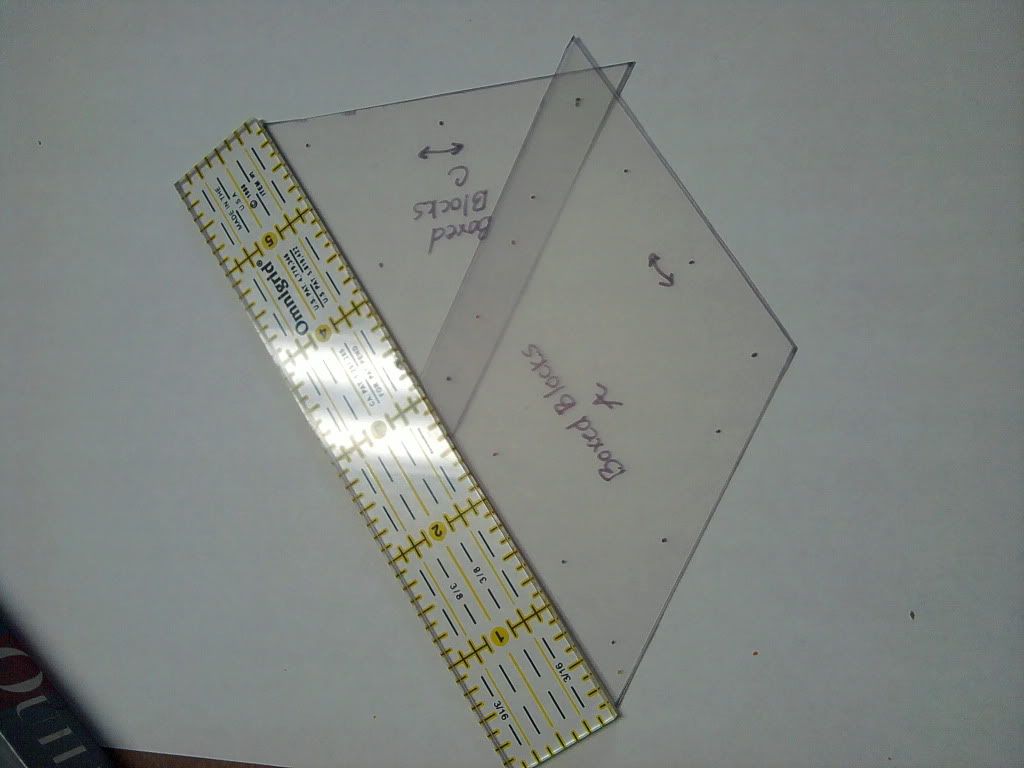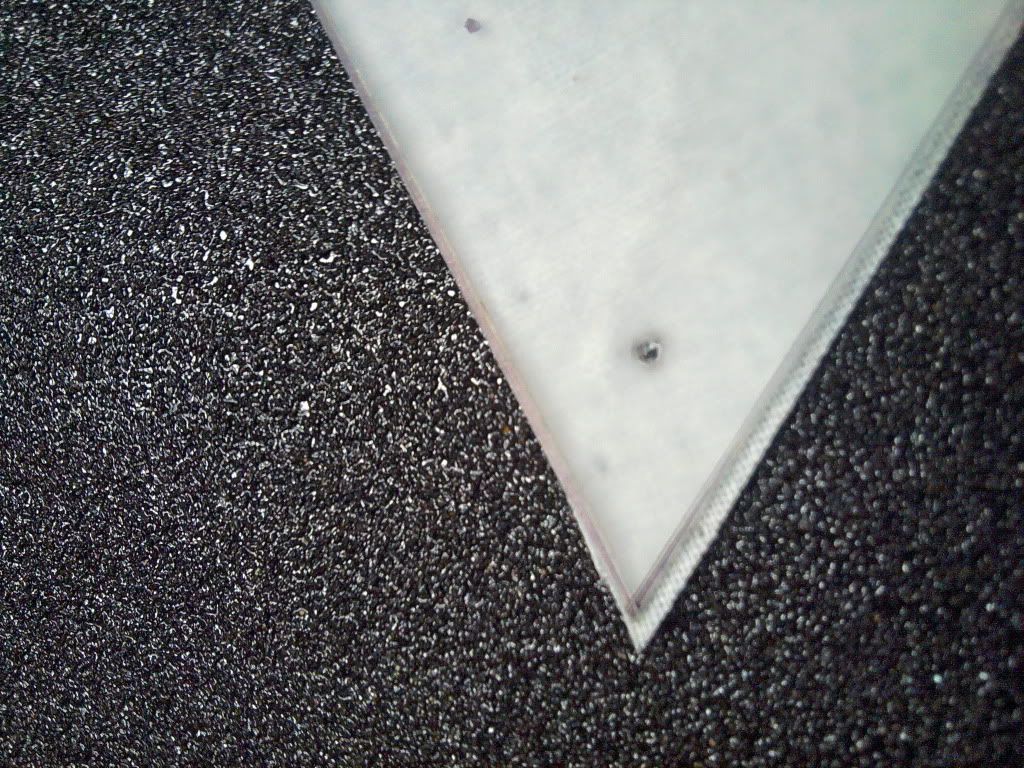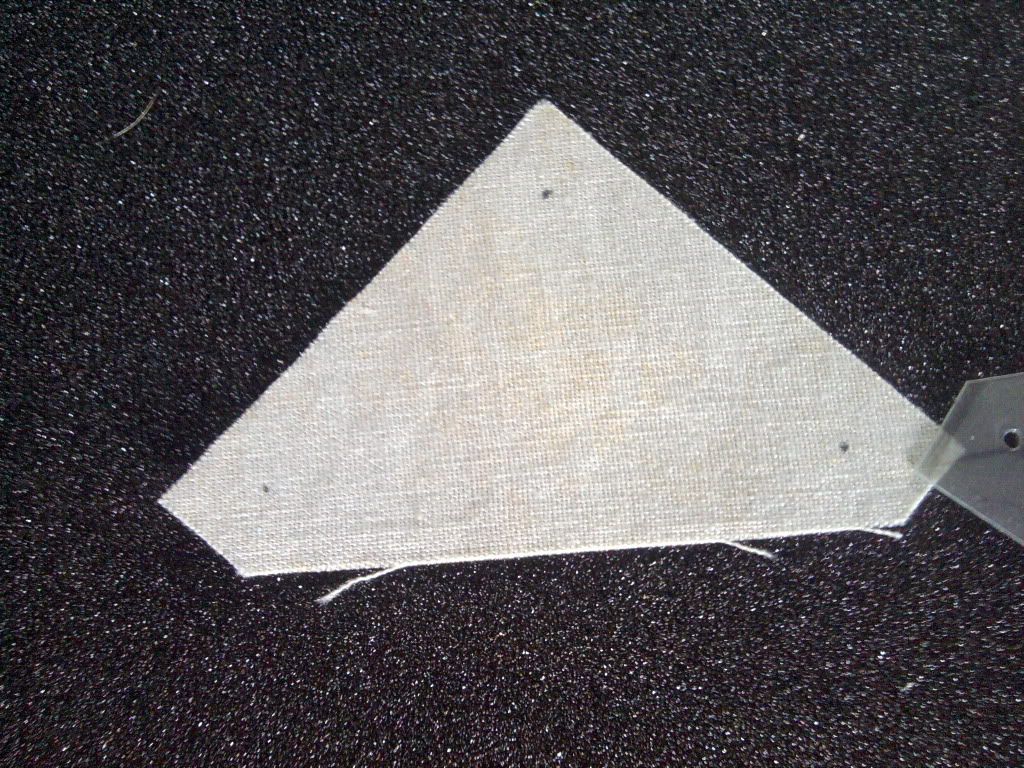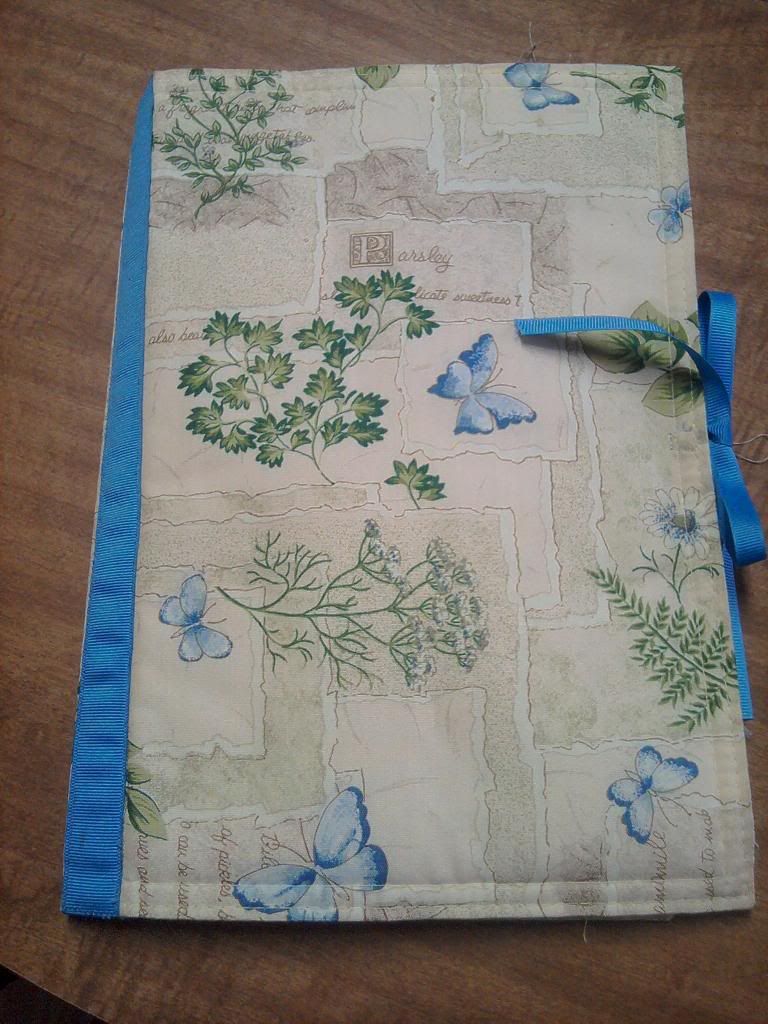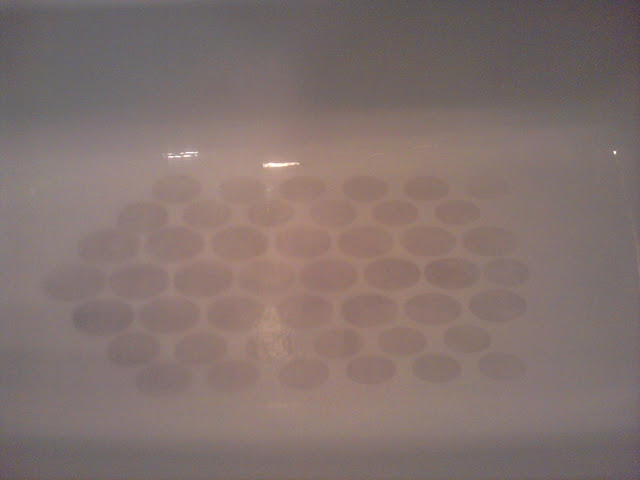Tucked away in the post queue for Dear Lissy are dozens of letters on parenting. They would cause a ruckus if I published them, so I've left them there for your eyes only. Daddy and I have the goal of raising what George Barna refers to as Spiritual Champions in his book Revolutionary Parenting. We know we can't control what you become, but statistically we can have substantial influence if we choose to invest the amount of time and kind of effort the Bible asks of us as parents. On a much more mundane level, even Christian parents are struggling to raise well-behaved kids that respect authority and are thoughtful of others. That's a topic I'm willing to sink my teeth into!
Somewhere along the line a lie was thrown in that only people who luck out with the gene pool or those who smother their children's personality and beat them regularly have well-behaved kids. Nothing could be farther from the truth! Parenting is a process of establishing connections that allow for direction and correction of the child's attitudes and actions. Punishment is reserved for very particular offenses, and is quite rare after 2 or 3 years of age.
What is proactive parenting?
Parenting: n. The rearing of a child or children, especially the care, love, and guidance given by a parent.
Proactive parenting looks ahead to see challenges or difficulties that will arise in the care, love, and guidance of their children, and takes appropriate positive steps to ensure their child's physical, mental, spiritual, and emotional safety and growth.
Example 1: We moved into a home on a corner of Main Street when Nate was barely 2 years old and Matt was a newborn.
Proactive decision: With no backyard, we knew that anything but 100% obedience could result in their death, so we went to the expense to install a fence around the perimeter of our property and put special child proof latches on the gates. Example 2: By about two years of age, we expected each of you to respond with immediate, complete obedience to a voice command to "go," "come," or "stop" even when you were at the park, grocery store, or church.
Proactive decision: When you were old enough to walk, we began a game called "Go, Stop, Come!" In our (fenced!) yard I would say "Go to the slide!" and you'd happily run off toward the slide. At some point I'd call out "Stop!" and if you stopped dead still instantly I would swoop in for a hug and spin you around. When I called out "Come!" you barreled into me as fast as your little legs would carry you, and I'd let you knock me over for a tickle time. We played this game every day for months. By the time you were old enough to want to let go of my hand and walk on your own in public, Go, Stop, and Come were second nature.
Notice: No yelling. No threats. No bribes. No punishments.
Every parent already has some areas they're proactive. They baby-proof for safety or make a special launch pad for school backpacks to ease a morning routine. None of us can foresee every challenge or change and have to react instead of being proactive from time to time, too. Parenting, like most areas in life is more about progress than perfection.
The problem is that being proactive takes consistency and hard work. Teaching a child how to interrupt a conversation politely and practicing that skill before it's needed takes time and effort. It's challenging to set up systems, routines, and rules for a house full of people and inspect them daily. Asking questions to guide and direct a child's thinking and affect their heart is far more work than giving a quick course correction.
Ultimately, proactive parenting says my future goal is valuable enough that I will sacrifice now in order to achieve it.
I will give up whatever God asks in order to have a godly influence not just on you three, but future generations. My descendants. I want to magnify Christ, and demonstrate the life of a believer as something beautiful and worth choosing.
What proactive parenting is not. . .
- A guarantee of your desired outcome. We deal with human souls, not vending machines, when we parent. As children, your kids won't be "perfect angels" -- that's the arena of authoritarian parents. They'll be great kids, though -- warm, funny, thoughtful, and a zillion other things that make you shine with love just thinking about them. They'll make mistakes, some real doozies. You'll make mistakes, too, and have to apologize and win back their heart's trust. As Ted Tripp so aptly pointed out, we're sinners in need of change helping sinners in need of change. This is long term, and gets messy.
- A source of pride. Parents raising spiritual champions have one thing in common: they see their own mistakes, struggles, and shortcomings foremost. The stakes are so high, the mission so vast, that only God is capable of strengthening our hands for the work.
- My best friend from high school ended up mentoring me through most of my first three years of parenting with Nate. I knew the Bible, and I knew my boy, but putting the two together required the quiet practical wisdom her mom passed on to her.
- I have many years of parenting teenagers ahead of me, and I'm constantly in the Word and on e-mail with parents who have gone before me. I'm not blind to the nearly 30% of kids from homes just like ours that have chosen to forsake Christ.
- A waste of time. Proactive parenting, just like proactive management, or preventative health care has statistically significant results. When we follow God's plan, we reap what we sow. It's scary to sacrifice affluence, ease, and the natural intimacy that comes from default or trench parenting to pursue a revolutionary model. Will it be worth the sacrifice? Faith says yes.
Love these sweet, sweet times,
Momma





